The state of a racquetball courts hardwood floor has a big impact on the safety of the players, the playability of the court and how long the playing surface will last.
Several upkeep procedures are needed to prolong the life of this type of the courts flooring and prevent deterioration over time. Correct upkeep will ensure the surface lasts as long as possible while also maximizing the floor’s performance.
How to clean racquetball Court floors
An indoor court, a rubber ball, and a compact racquet are all that is needed to play a game of racquetball. Although it has an outdoor option, racquetball is mainly played indoors, in a gym.
And since most racquetball games are played in gyms, we will look at the best ways to clean racquetball floors and how to maintain gym floors in general.
Today’s fitness centers are bustling with activity. Hardwood flooring in a racquetball court is an expensive but worthwhile addition to any sports complex. The court will endure heavy traffic from everyday use and will require cleaning and maintenance.
As such, it’s important to know how to care for it properly. However, many managers and owners of sports facilities are unaware of the best way to clean their racquetball floors to ensure their durability and safety on a daily basis.
For information on the Lines on the Court floor and Racquetball Court Characteristics, click here.
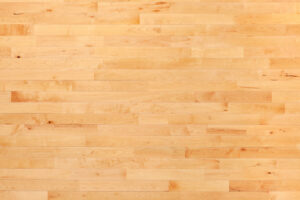
How to properly care for racquetball court floors
Racquetball floors are constructed from wood, which requires upkeep that most people lack experience with. And that’s not all.
Wooden gym floors have their own unique coatings and finishes. As an added bonus, these materials prevent the wood from getting scratched or worn out, and they also keep people from slipping. This is very important in the game of racquetball.
The gym floor can suffer serious damage if the surrounding humidity is too high and proper regular maintenance is not performed.
These wood floors also susceptible to damage from stagnant water or sitting water so identifying the source of leaks and other issues early is important.
Nevertheless, you can safely clean the floor using water in the appropriate manner. Do not let the water pool or sit on the floors for too long.
If a sports floor isn’t cleaned regularly, it will wear down faster and need repairs more often, which can be expensive. In addition, a dull and run-down racquetball floor sends the wrong message to visitors and potential consumers.
[Source]
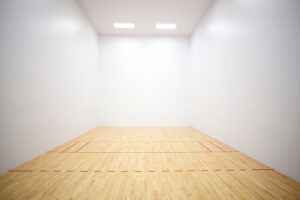
Racquetball and Squash courts with hardwood floors should be kept spotless and clean at all times.
Here are some things you can do to make your racquetball floor look sleek and professional while still keeping it safe for the players.
Clean the racquetball floors every day.
Dry mopping your racquetball floors daily is the minimum requirement for keeping them clean. Do this every morning before anyone uses the space.
The reason behind this is that it is common for dust and debris to accumulate on the flooring overnight. Gym surfaces are typically treated with a sticky material to increase traction and reduce the risk of injuries.
When dirt residue accumulates on the court walls and floor overnight and isn’t mopped up in the morning, it scuffs the coating and speeds up the wear and tear on the floor from foot activity.
Periodically clean the court using a cleaning pad or a wet mop and a tack cloth.
You can also replace your wet mop with a mechanical cleaner. Cleaning court floors with a mop is quickly becoming obsolete. On top of that, mopping a huge sports arena’s floor or many courts is a time-consuming process.
With an automated floor cleaner, you can wipe and dry a floor in under 15 minutes.
Avoid using harsh chemicals
Different chemicals and cleaning solutions are not good for hardwood floors or the special surface coatings and finishes that are put on them. To avoid unnecessary complications, just stick to a basic, mild detergent.
Chemicals and chemical mixes can damage the floor’s surface and reduce its serviceability. It’s also important to note that the requirements for slip resistance on sports floors are different from those on commercial or residential floors and that these standards have been adopted at the international level.
Ask your contractor to provide you with proof that the chemicals used to clean your floors meet the required safety standards.
Limit the amount of dust in the area
Dust is a major problem for owners of sports facilities. And getting rid of dust in the gym is an endless struggle.
The polished floor can be damaged by dust; therefore, keeping the floor clean is very important. The presence of dust may also cause the floor to become slippery, increasing the risk of slips and falls.
Ensuring the gym’s heating, ventilation, and air conditioning (HVAC) systems are in perfect working condition is one way to remove dust from the area.
Maintaining a dust-free building requires regular maintenance, including changing air conditioning and heating filters and having the ducts cleaned by a specialist.
Take all necessary precautions
While it may be challenging to limit the accumulation of dust significantly, there are steps that may be taken to lessen the amount of dirt and debris that is brought into the gym on people’s shoes and tracked onto the floors.
Although it’s a good idea, in theory, to have users refrain from bringing their street shoes onto the court, implementing such rules is a major hassle. This is why walk-off mats are a smart investment that can aid in both floor maintenance and protection.
Use protective mats on the floors
The racquetball court floors require daily maintenance; therefore, walk-off mats are an absolute necessity.
The use of these mats has several benefits. One benefit is that they lessen the quantity of dirt, dust, and debris that is carried into the arena by spectators and visitors. Keep in mind that keeping your mats clean is also key to getting the most out of them.
Having a dirty walk-off mat makes it easier for people to spread dirt around the building.
It’s recommended to clean the mats every day with a vacuum and a damp rag. Likewise, you should position the mats near the entrance and exit ways.
Annual Re-coating
Most experts agree that an annual re-coat is necessary for such flooring to retain its shine and continue serving its purpose as a sports surface.
Regular cleaning becomes even more crucial when you don’t re-coat your floors every year.
Having your floor professionally re-coated will protect it and make it last much longer. Doing so will prevent damage and save you money over time.
Create a regular maintenance routine
Even though dents and scratches are unavoidable on a hardwood sports floor, keeping up with a proper maintenance routine will help keep the courts safe, looking great and in perfect condition at all times.
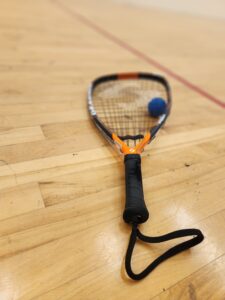
Keeping your racquetball court clean: The Bottom Line
Keeping the racquetball court’s floor clean is the simplest way to extend its life, keep it looking good and ready for play.
Remember the above guidelines when you tend to your racquetball court flooring on a daily basis. If you follow the tips listed above, you’ll have a much better chance of keeping your racquetball courts in top-notch shape for years to come.
Cleaning a racquetball floor is important for two reasons: first, to preserve the surface’s aesthetic value; and second, to ensure the floor’s safety by removing debris and sweat that could cause it to become slippery.
Therefore, if you want to make a good impression and provide your athletes with a safe environment, make sure your flooring is always well-maintained.
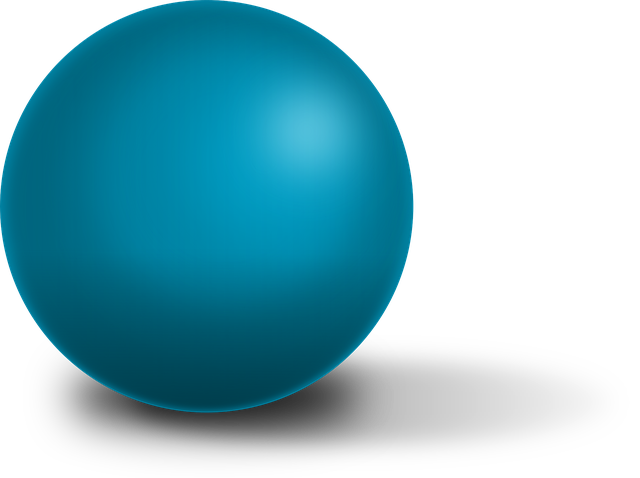
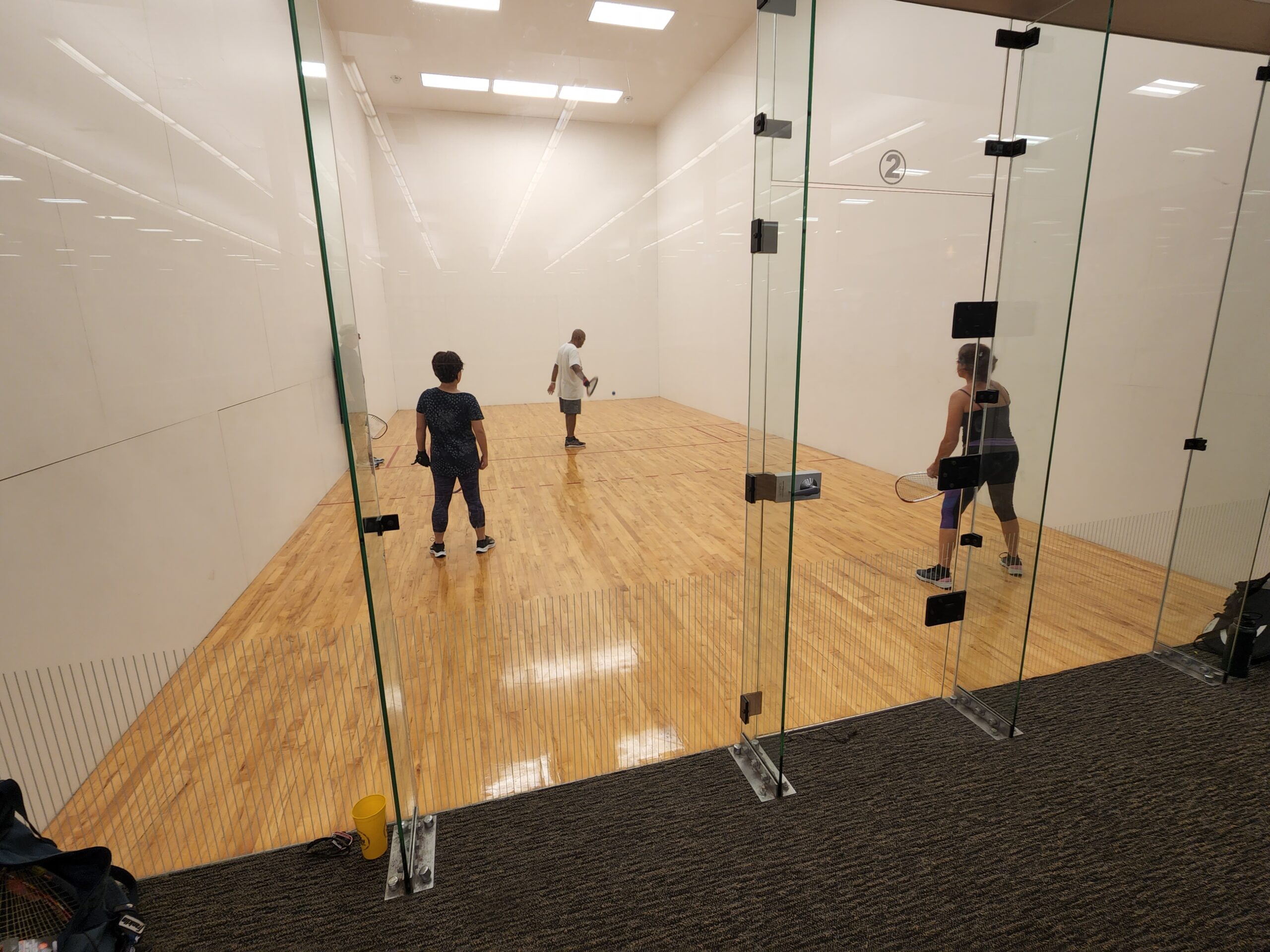
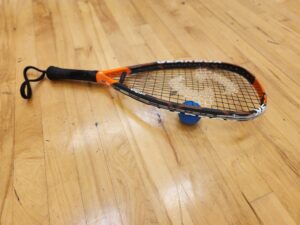
tipobet porn
child porn
New Balance 327:複古潮流與現代舒適的完美結合new balance 327哪裏買最便宜
探索悅刻煙彈:電子煙的新風尚與購買指南
電子菸
coach包包官網精選哪裡買最便宜
a mobile version of the ancient Indian card game rummy
在運動和健身裝備中, nike 休閒 鞋
在運動和健身裝備中,跑鞋的選擇極為重要,而nike 飛馬 35 成為了許多跑步愛好者的理想之選。nike zoom哪裡買最便宜
rummy
yeezy
Dunk Panda 不僅繼承了dunk鞋款的經典設計與耐用品質,更在配色上大膽創新,以黑白兩色為主調,完美復刻了熊貓的萌態。nike dunk哪裡買最便宜?
好玩的遊戲 new rummy app
探索潮流之巔:Nike Air Force 聯名的無限魅力 stussy x nike air force 1
Nike Air Force 女鞋:經典重塑,時尚之選 air force哪裡買最便宜?
經典復刻與現代潮流的完美碰撞blazer哪裡買最便宜?
好玩游戏play india
現代潮流的交融 愛 迪 達 鞋子
在哪裏可以玩rummy
Tiffany的珠寶壹直以其卓越的品質和獨特的設計聞名,而微笑項鏈更是其中的經典之作 adidas 鞋子
在近年來的珠寶市場中,Tiffany系列項鏈的流行趨勢顯而易見tiffany and co
Tiffany 項鏈微笑:經典設計、時尚潮流與購買建議tiffany 官網
Your article helped me a lot, is there any more related content? Thanks!
Your point of view caught my eye and was very interesting. Thanks. I have a question for you. https://www.binance.com/register?ref=P9L9FQKY
Your article helped me a lot, is there any more related content? Thanks!
Your article helped me a lot, is there any more related content? Thanks!
Can you be more specific about the content of your article? After reading it, I still have some doubts. Hope you can help me.
Thanks for sharing. I read many of your blog posts, cool, your blog is very good.
I don’t think the title of your article matches the content lol. Just kidding, mainly because I had some doubts after reading the article.
I don’t think the title of your article matches the content lol. Just kidding, mainly because I had some doubts after reading the article.
Thank you for your sharing. I am worried that I lack creative ideas. It is your article that makes me full of hope. Thank you. But, I have a question, can you help me?
Thank you for your sharing. I am worried that I lack creative ideas. It is your article that makes me full of hope. Thank you. But, I have a question, can you help me?
I don’t think the title of your article matches the content lol. Just kidding, mainly because I had some doubts after reading the article.
I don’t think the title of your article matches the content lol. Just kidding, mainly because I had some doubts after reading the article.
I don’t think the title of your article matches the content lol. Just kidding, mainly because I had some doubts after reading the article. https://accounts.binance.info/register?ref=P9L9FQKY
Your article helped me a lot, is there any more related content? Thanks!
Your point of view caught my eye and was very interesting. Thanks. I have a question for you.
услуги по продаже аккаунтов магазин аккаунтов
аккаунты с балансом продать аккаунт
площадка для продажи аккаунтов платформа для покупки аккаунтов
продажа аккаунтов услуги по продаже аккаунтов
маркетплейс для реселлеров профиль с подписчиками
продажа аккаунтов площадка для продажи аккаунтов
продажа аккаунтов соцсетей покупка аккаунтов
Account market Profitable Account Sales
Gaming account marketplace Gaming account marketplace
Purchase Ready-Made Accounts Account Market
Buy Pre-made Account Website for Selling Accounts
Verified Accounts for Sale Online Account Store
Secure Account Sales Account Buying Platform
Account Trading Service Accounts market
Account Sale Profitable Account Sales
Account Store Profitable Account Sales
Account Purchase Account Buying Service
website for selling accounts account trading service
accounts marketplace website for selling accounts
buy accounts account trading service
secure account purchasing platform account buying platform
account market https://accountsmarketbest.com
sell pre-made account sell pre-made account
account marketplace purchase ready-made accounts
online account store ready-made accounts for sale
account trading profitable account sales
account store database of accounts for sale
online account store buy and sell accounts
account selling platform accounts market
online account store account trading
account market account market
purchase ready-made accounts account trading
account catalog marketplace for ready-made accounts
sell account account trading platform
account trading accounts for sale
accounts marketplace ready-made accounts for sale
database of accounts for sale online account store
buy and sell accounts website for buying accounts
find accounts for sale buy accounts
sell accounts account store
buy accounts account catalog
Thank you for your sharing. I am worried that I lack creative ideas. It is your article that makes me full of hope. Thank you. But, I have a question, can you help me?
buy and sell accounts sell accounts
account selling platform accounts for sale
buy pre-made account account trading
sell accounts buy pre-made account